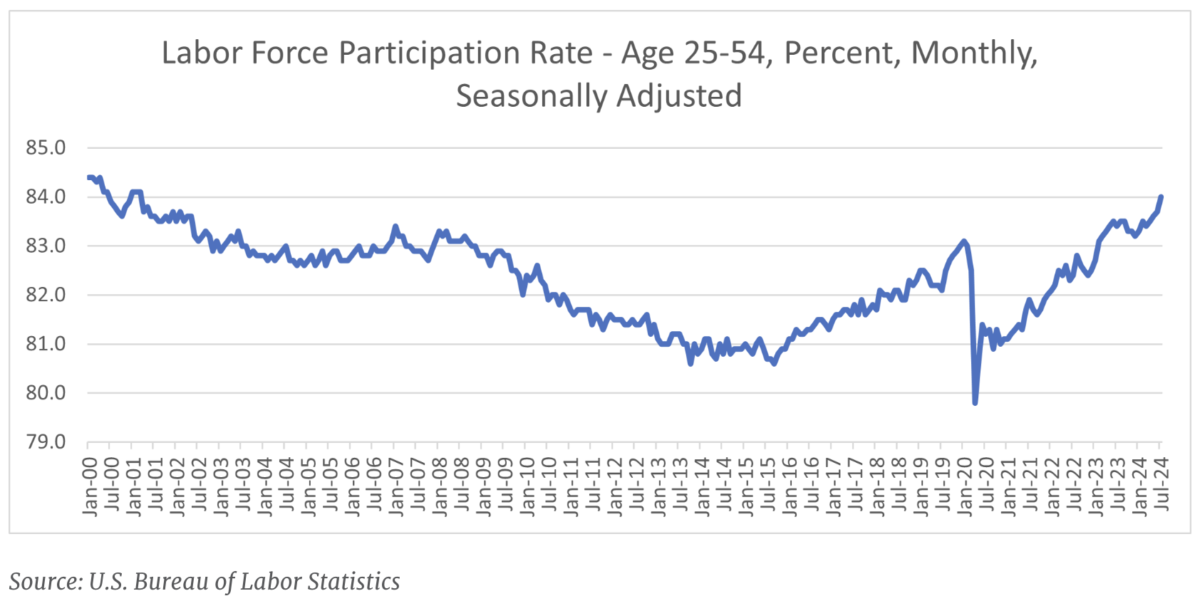Worker shortages remain a persistent challenge for U.S. employers, even as labor force participation for prime-age workers continues to increase, according to an industry report from labor law firm Littler Mendelson P.C.
The report cites data showing that there are approximately 1.7 million workers missing from the post-pandemic workforce and that 38% of small firms are unable to fill open positions. At the same time, the “skills gap” in the workforce is accelerating as automation and AI create significant shifts in how work is performed.
That information comes from the “2024 Labor Day Report” released by Littler’s Workplace Policy Institute (WPI), the firm’s government relations and public policy arm.
“We continue to see a labor shortage and an urgent need to upskill the current workforce to adapt to the new world of work,” said Michael Lotito, Littler shareholder and co-chair of WPI. “As corporate executives and business leaders look to the future, they are focused on realizing the many benefits of AI to streamline operations and guide strategic decision-making, while cultivating a talent pipeline that can support this growth.”
But while the need is clear, solutions may be complicated by public policy changes such as the upcoming U.S. general election and the proliferation of employment-related legislation at the state and local levels amid Congressional gridlock.
“We are heading into a contentious election that has already proven to be unpredictable and is poised to create even more uncertainty for employers, no matter the outcome,” Shannon Meade, WPI’s executive director, said in a release. “At the same time, the growing patchwork of state and local requirements across the U.S. is exacerbating compliance challenges for companies. That, coupled with looming changes following several Supreme Court decisions that have the potential to upend rulemaking, gives C-suite executives much to contend with in planning their workforce-related strategies.”


